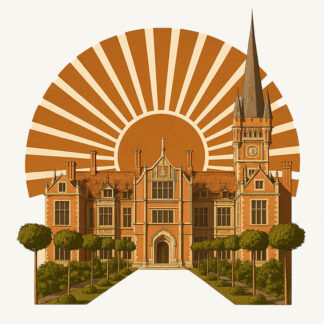This lithograph, created with a tone plate by M. Fajans in Warsaw after an original drawing by Napoleon Orda, is the earliest known depiction of the Lentvaris Manor, dating to post-1873, with dimensions of 19.3 x 28.3 cm. Captured before the extensive reconstruction by the Tyszkiewicz family, the image showcases the manor in its original form, situated on a hill overlooking a serene lake. The scene features the manor’s distinctive architecture, including a central tower and adjacent buildings, surrounded by lush greenery and a tranquil waterfront with a small sailboat and rowboat. Lentvaris, a small town and rural district center in the Trakai municipality in southeastern Lithuania, is highlighted in this artwork, which is part of the Album of Historical Views of Poland, a comprehensive collection of 260 views published in Warsaw between 1873 and 1883. The lithograph includes bilingual descriptions in Polish and French, reflecting its cultural and historical significance.
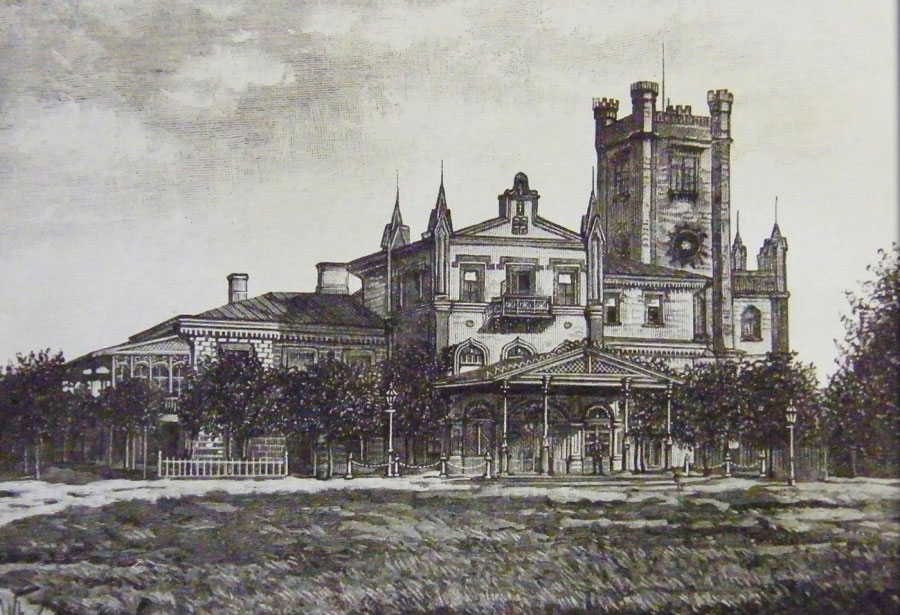
The earliest records of the Lentvaris Manor date back to the second half of the 16th century, when Sigismund Augustus (1520–1572) confirmed the then-Litavariškės estate as the property of Kazimieras Kmita Kuncevičius. In 1604, Beata Komorovska, daughter of Jonas Kmita, sold the manor to Adomas Kijanovskis, and in 1618, it was acquired by Povilas Steponas Sapiega (1565–1635), Vice-Chancellor of the Grand Duchy of Lithuania. In 1670, Ona Sapiegaitė Naruševičienė bequeathed the manor to the Benedictine monastery in Vilnius.
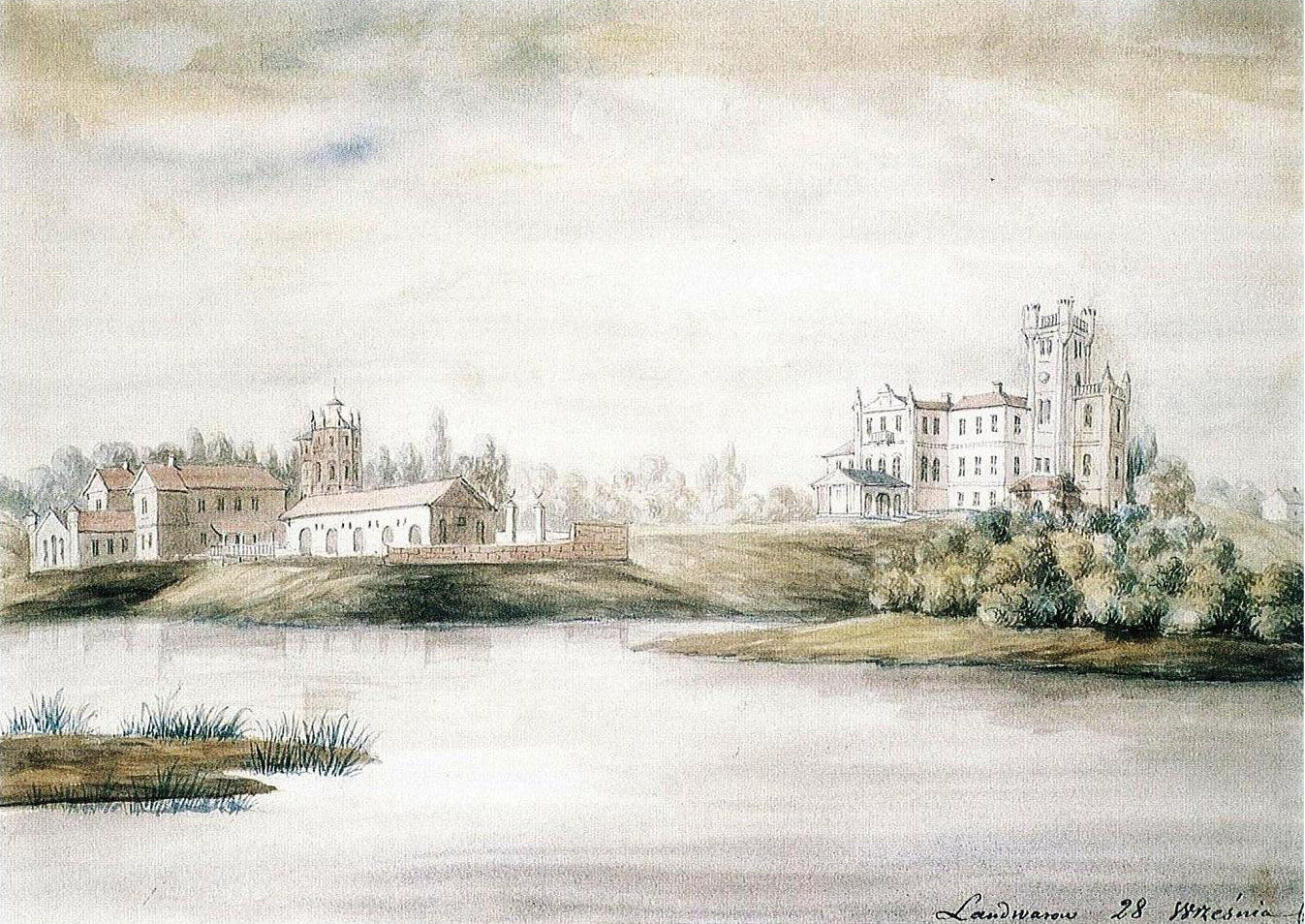
In the mid-18th century, Mykolas Antonievičius purchased the estate and, in 1772, gifted it to his nephew Antanas Hrinevičius. In 1819, a court ruling divided the manor among Hrinevičius’s heirs. Until the mid-19th century, this territory is mentioned as the property of the Lappai, Izdebskis, and Šachnai families. In the 1860s, Count Juozapas Tiškevičius (1830–1891), one of Lithuania’s wealthiest landowners, acquired the manor, establishing a residence with a park and buildings for horse breeding.
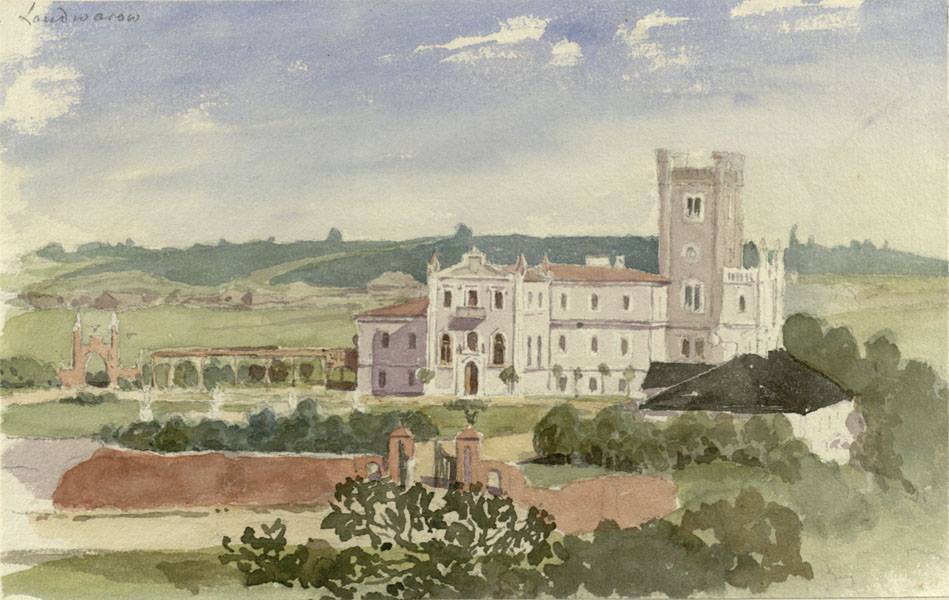
Juozapas Tiškevičius invested part of his capital in industry and trade, constructing a wire and nail factory in Lentvaris. In 1892, the manor was inherited by his son Vladislovas Tiškevičius (1865–1936), a lawyer, dentist, public figure, and collector, who was actively involved in public and political life. In 1899, Vladislovas renovated the inherited Lentvaris Manor, expanded the park, and built tennis courts. In 1907, he founded a summer kindergarten in Lentvaris for the children of Vilnius residents and served as the primary benefactor of the Church of the Annunciation of the Blessed Virgin Mary from 1897 to 1926.
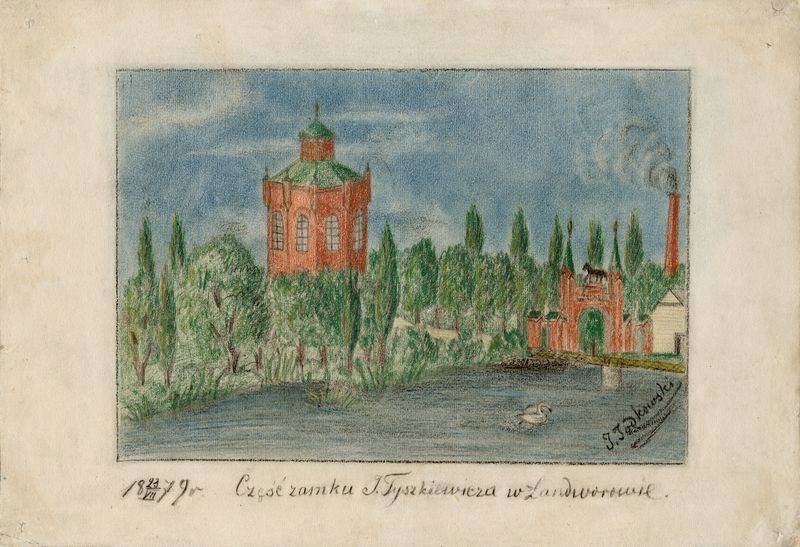
While living in Milan, he established an antiquarian shop called “Warowland” (a distorted Polish version of Landwarów), amassing a significant collection of cultural, artistic, and scientific treasures, which he later brought to Lentvaris. To share these collections with the public, he founded the Science and Art Museum Society in Vilnius in 1907, involving his brothers Antanas and Juozapas Tiškevičius, architect Tadeušas Rostvorovskis (1860–1928), Count Marijonas Broel-Pliateris (1873–1951), archaeologist Vandalinas Šukevičius, and painter Boleslovas Mykolas Ruseckas (1824–1913). The museum showcased collections of archaeology, numismatics, ethnography, and art, donated by the society’s founding members and supporters. The bulk of the collections consisted of Vladislovas Tiškevičius’s donated collection of Western European paintings.
In 1914, the society merged with the Vilnius Polish Scientific Friends Society, whose art collections were taken over by the Lithuanian Art Museum in 1941. A significant portion of the collections stored in Lentvaris was moved to Warsaw during the interwar period, with most destroyed during the 1944 Warsaw Uprising against the Germans. The manor’s estate was devastated between 1915 and 1920 due to the movements of various armies. From 1920 to 1939, Lentvaris belonged to the Vilnius Region under Polish control. Fearing renewed military actions along the Polish-Lithuanian border, the Tiškevičius family avoided investing heavily in the residence’s restoration, and the palace was preserved.
After Vladislovas’s death, his son Steponas Eugenijus Marija Tiškevičius (1897–1976) became the last owner, managing and residing in the manor until 1939. During World War II, the manor housed military headquarters, and in the postwar period, it became a collective farm; since 1957, the former count’s palace has housed the administration of the Lentvaris Carpet Factory. In 2007, a significant portion of the manor was leased by businessman Laimutis Pinkevičius.
In 2016, the manor was taken over by Ugnius Kiguolis, who brought forth an ambitious plan to create the Vision of Mind University, ushering in a fresh and exciting phase for this historic estate. His vision includes transforming the manor into a center for innovative education and research, blending the rich heritage of the site with modern academic pursuits. Kiguolis aims to restore key sections of the manor, integrate sustainable design elements, and establish programs focused on philosophy, psychology, and creative arts, drawing inspiration from the cultural legacy of the Tiškevičius family. This initiative is expected to revitalize the area, attracting scholars, students, and visitors while preserving the manor’s architectural and historical significance.


